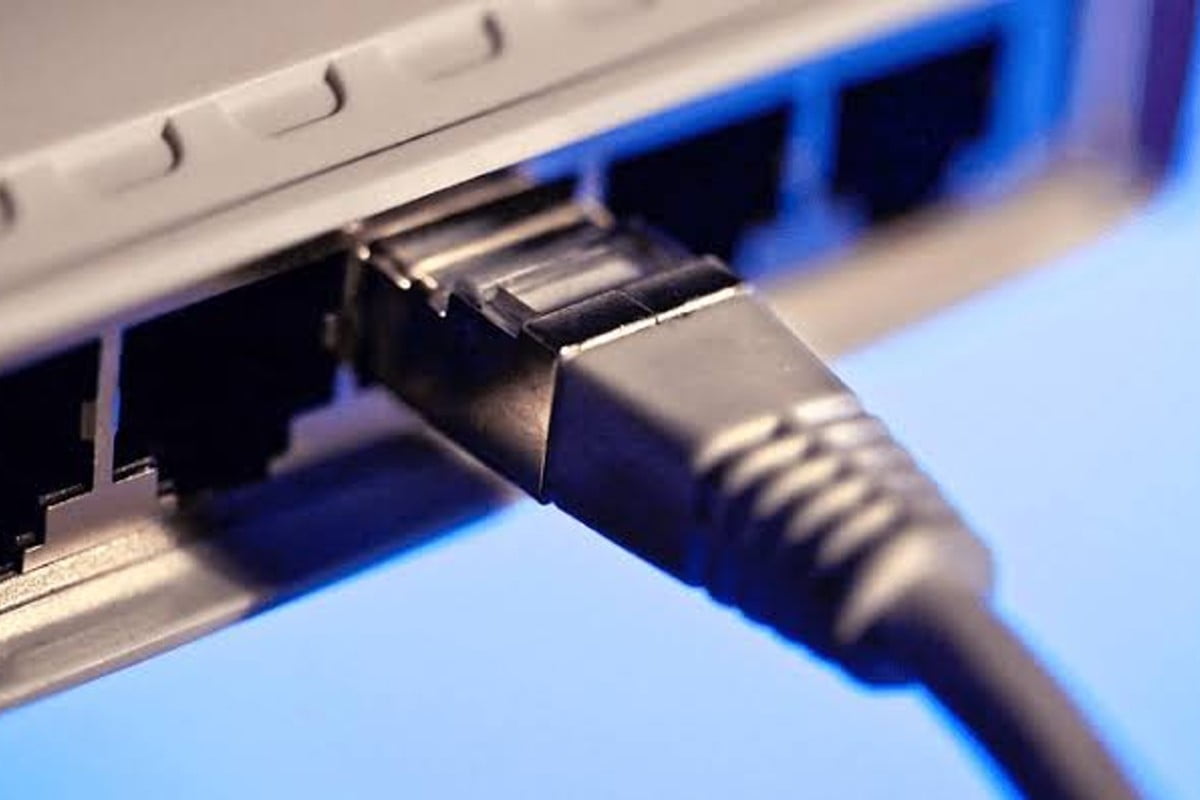As the internet is an integral part of our lives, we cannot compromise on its usage. If you are one who is hooked to social media and love to surf the internet or binge-watch in your leisure time, then you need to enjoy uninterrupted connectivity. If you want to experience faster internet speed, then you need to switch your internet service provider and opt for an FTTH broadband plan. Before switching, you need to know what is FTTH broadband and what difference it brings in.
What Is FTTH Broadband?
Fibre-to-the-home broadband or FTTH broadband connection is facilitated with a fibre optic cable connection from a central access point to the residence, apartment, or building that requires the service. It provides a high-speed internet connection sans any glitch. The fibre optic systems are more efficient when compared to traditional broadband options despite being available at almost the same price. The fibre-to-the-home broadband connection increases the internet speed exponentially. Already, FTTH broadband is the number one choice worldwide as it promises internet speeds of 100 Mbps, which is much better than other options.
How Does FTTH Broadband Work?
Talking about functionality, FTTH broadband connects directly to the user’s residence through optical fibre. Optical fibre transmits information from various servers, thereby ensuring higher connectivity and a better user experience. FTTH broadband is structured uniquely and delivers higher performance. Its structure includes fibre optic cables running from a central office through FDH or fibre disruption hub through an access point. Lastly, it ends going into the user’s residency via a terminal serving as a junction box. The advantages of the fibre-to-the-home broadband connection are many. Firstly, it is highly preferred as it offers to download and upload speeds that are much higher than twisted pair conductors, coaxial cable, or DSL broadband options. Next, it is the next-generation broadband connection and is highly reliable and cost-effective at the same time. FTTH broadband ensures higher performance necessary for HD online video game streaming on applications such as Roku. Lastly, FTTH promotes various updates sans updating the fibre itself and covers longer distances without reducing the speed, unlike other broadband technologies that prevail.
